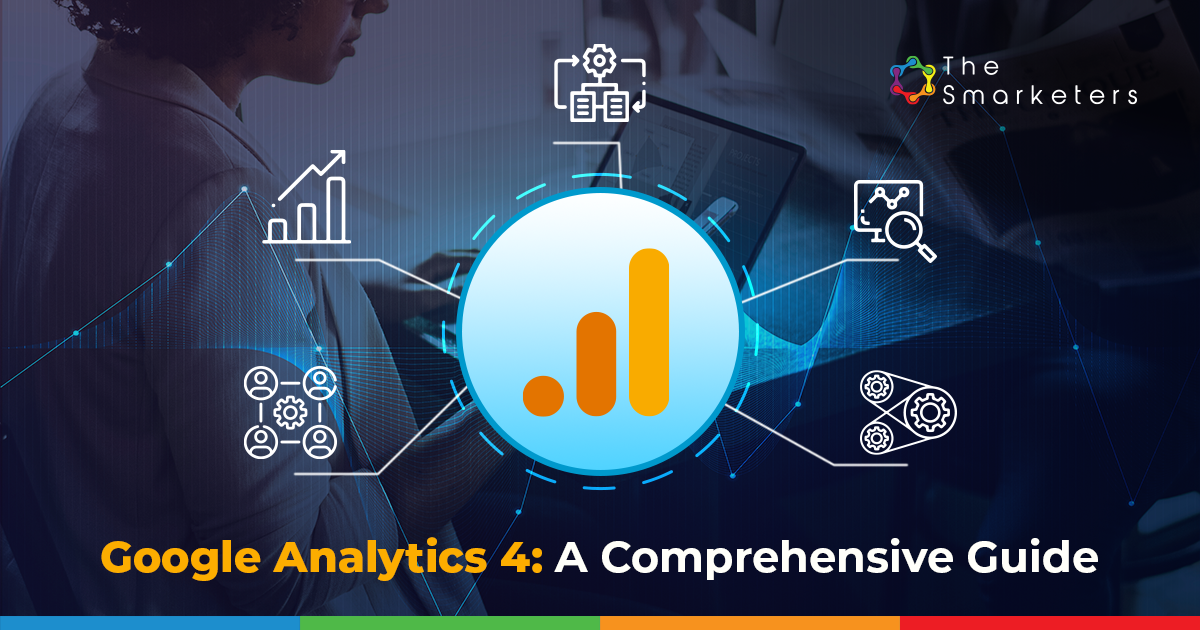What is a "Dimension" in Google Analytics? Everything You Need to Know for Effective Use
What is a "Dimension" in Google Analytics? Everything You Need to Know for Effective Use
Blog Article
Enhance Your Coverage Precision Utilizing Google Analytics Capacities: A Comprehensive Guide

Recognizing Google Analytics Capacities

Google Analytics uses default dimensions, such as "web page views" and "session period," however users can additionally produce custom measurements to track certain data factors appropriate to their business objectives. Understanding exactly how measurements work is critical for establishing up accurate tracking and creating purposeful reports. By making use of measurements successfully, businesses can enhance their online visibility, improve customer experience, and ultimately drive conversions. Finally, understanding Google Analytics dimensions is essential for unlocking beneficial insights that can notify strategic decision-making and improve total performance.
Relevance of Information Precision
Relocating beyond simply understanding Google Analytics dimensions, it becomes apparent that guaranteeing data accuracy is extremely important in obtaining significant insights and making informed organization decisions. Information precision creates the structure upon which all subsequent analyses and decisions count. Inaccurate information can bring about mistaken final thoughts, misdirected techniques, and squandered resources. By ensuring the precision of your information, you can confidently rely on the insights stemmed from Google Analytics dimensions, allowing you to make enlightened decisions that drive business development.
Information accuracy additionally cultivates depend on among stakeholders. When records are based on specific and trustworthy information, decision-makers are most likely to have confidence in the understandings presented to them. This trust fund is necessary for building strong partnerships with partners, coworkers, and clients, as it shows a dedication to transparency and integrity in your coverage practices.
Advanced Measurement Modification
Enhancing the depth of data analysis within Google Analytics includes diving right into the world of Advanced Measurement Customization. This attribute permits individuals to create customized dimensions to additional segment and examine information beyond the default dimensions supplied by Google Analytics. what is a “dimension” in google analytics?. By specifying details parameters that are relevant to your company goals, you can acquire deeper insights into individual habits, campaign performance, and other essential metrics
Advanced Dimension Personalization equips individuals to tailor their analytics reports to focus on one of the most critical facets of their internet site or application efficiency. Whether it's tracking communications with certain aspects, checking the actions of various individual sections, or evaluating the impact of custom occasions, custom-made dimensions offer a flexible and powerful tool for improving data evaluation capacities.
Carrying Out Dimension Filters
Structure upon the capacity to personalize dimensions for advanced information analysis, the following action in enhancing your Google Analytics understandings involves the execution of measurement filters. Dimension filters enable you to improve your data by including or leaving out certain values, giving a much more focused sight of your website or application performance. By applying measurement filters, you can section your data to assess the habits of specific customer groups, track the efficiency of particular pages or areas, or exclude inner traffic from your records, ensuring that your understandings are based on relevant data.
To execute measurement filters in Google Analytics, navigate to the Admin section, pick the View where you desire to apply the filter, and click Filters under the View column. From there, you can produce a new filter, define the dimension you want to filter, established the filtering problems, and use the filter to your data. By effectively using measurement filters, you can enhance the precision and importance of your reporting, leading to more educated decision-making and boosted overall performance.
Measurement Evaluation Techniques
When diving right into the realm of dimension analysis in Google Analytics, recognizing various strategies is critical for drawing out beneficial insights. One necessary strategy is segmenting dimensions to separate particular subsets of information for comprehensive evaluation. By creating sections based upon measurements like traffic sources or individual demographics, analysts can discover fads and patterns that might not be evident when considering the data overall.
One more vital strategy is making use of custom dimensions to track additional information about users or interactions on a site. Custom-made measurements permit an extra granular evaluation of information, giving much deeper insights look at here into user actions and choices. By establishing custom-made measurements for certain events or user characteristics, analysts can tailor their records to address certain service concerns.
Furthermore, the technique of combining measurements can use an extra thorough sight of individual description behavior. By cross-referencing measurements like website traffic sources with individual places or devices, experts can get a much better understanding of how various variables affect individual interactions on a website. On the whole, grasping these dimension evaluation strategies can dramatically improve the accuracy and deepness of reporting in Google Analytics.
Conclusion
In conclusion, mastering Google Analytics measurements is essential for enhancing reporting precision and obtaining valuable understandings right into user behavior. Implementing dimension filters permits for polished evaluation, focusing on appropriate information and omitting noise.
Measurements in Google Analytics are the features of your data, such as the source of traffic, the gadget made use of, or the geographical area of the user.Google Analytics provides default measurements, such as "web page sights" and "session period," but users can likewise produce custom-made dimensions to track details information factors relevant to their business goals.Moving beyond just recognizing Google Analytics measurements, it comes to be noticeable that ensuring information precision is paramount in deriving meaningful insights and making informed organization choices.Structure upon the capability to personalize measurements for sophisticated data analysis, the following action in enhancing your Google Analytics helpful resources understandings entails the application of dimension filters. By applying measurement filters, you can sector your information to evaluate the behavior of certain customer teams, track the efficiency of particular web pages or sections, or exclude internal website traffic from your records, making sure that your insights are based on appropriate data.
Report this page